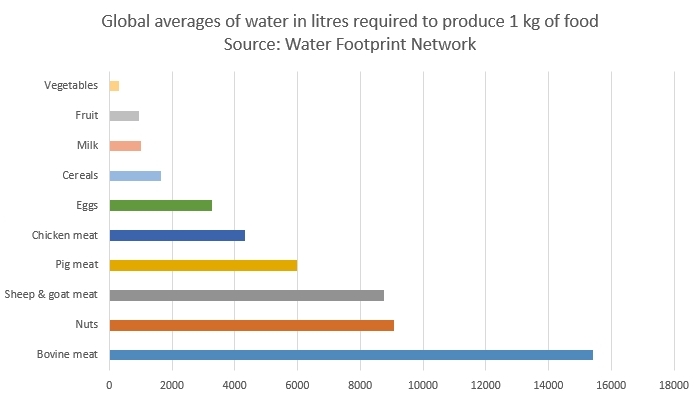Production and Consumption of Grains in Australia
Crop Production
A comprehensive report of the production and end use of grains in Australia is produced annually for the Feed Grain Partnership that represents stock feed producers and consumers. 1
Below are some details regarding production and the use of Australian grains.
| Grain | Production |
|---|---|
| Wheat | 28,079 |
| Barley | 9,496 |
| Oats | 1,551 |
| Sorghum | 1,933 |
| Triticale (wheat & rye hybrid) | 143 |
| Maize | 426 |
| Lupins | 549 |
| Peas | 300 |
| Total | 42,476 |
2016/2017 total grain production by crop (1,000 tonnes)
Exports accounts for an average of 63% of the total grain crop.
Wheat exports are in the range of 60%-80% of the wheat production.
Exports of barley accounted for 62% of the 2014/2015 harvest.
Consumption of Grains
Most of the grains grown in Australia is produced for export and for the feeding of livestock.

| Industry | Consumption | Projected demand |
|---|---|---|
| Poultry Meat | 3,176,233 | 2.2% annual feed demand growth rate |
| Poultry Layer | 910,109 | 2.4% annual feed demand growth rate |
| Pig | 1,455,576 | 0.5% annual feed demand growth rate, less than recent years due to lack of expansion investment |
| Dairy | 3,058,734 | Recovery with increasing global and local milk prices |
| Beef | 3,543,329 | Recovery as beef herd rebuilds |
| Sheep | 246,320 | |
| Horse | 370,977 | Static |
| Aquaculture | 140,200 | 4.8% annual feed demand growth rate |
| Other | 143,733 | |
| TOTAL | 13,045,210 |
2015/2016 feed use by industry sector (tonnes/annum)
Meat Production
Queensland and NSW have by far the greatest number of cattle feedlots in Australia. Approximately 250,000 to 450,000 cattle are slaughtered each month.
170,000 chickens are slaughtered each year. This does not include the male chickens that are killed as a result of egg production.
Consumption of poultry in Western countries plateaus at 45 kg/year per person. This consumption has been reached in Australia.
Egg production has been increasing at a greater rate. Prior to 2003, egg consumption was 160-170 eggs/person, rising to 210-220 eggs in 2012-14.
Environmental Impacts of Livestock Production
In addition to the health impacts of consuming meat which is documented in detail on this website, livestock production is very inefficient in the use of resources.
Why grow wheat to feed the cow, then kill the cow and eat the meat when it is much more efficient to eat the wheat in the first place?
Below is a graph showing the consumption of water in producing our food.

Last updated on Friday 28 April 2023 at 00:04 by administrators






